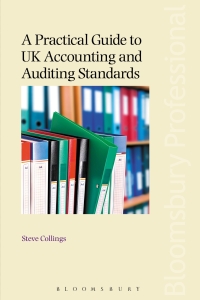Question
On January 1, 2015, Marshall Company acquired 100 percent of the outstanding common stock of Tucker Company. To acquire these shares, Marshall issued $204,250 in
On January 1, 2015, Marshall Company acquired 100 percent of the outstanding common stock of Tucker Company. To acquire these shares, Marshall issued $204,250 in long-term liabilities and 22,400 shares of common stock having a par value of $1 per share but a fair value of $10 per share. Marshall paid $36,450 to accountants, lawyers, and brokers for assistance in the acquisition and another $24,800 in connection with stock issuance costs.
Prior to these transactions, the balance sheets for the two companies were as follows:
| Marshall Company Book Value | Tucker Company Book Value | |
| Cash | $ 73,000 | 40450 |
| Receivables | 301,000 | 96300 |
| Inventory | 389,000 | 163000 |
| Land | 266,000 | 195000 |
| Buildings (net) | 413,000 | 243000 |
| Equipment (net) | 172,000 | 55500 |
| Accounts Payable | (206,000) | (47250) |
| Long-term Liabilities | (498,000) | 259000 |
| Common Stock $1 Par Value | (110,000) | |
| Common Stock $20 Par Value | (120,000) | |
| Additional Paid-in capital | (360,000) | 0 |
| Retained Earnings 1-1-15 | (440,000) | (367,000) |
Note: Parentheses indicate a credit balance.
In Marshalls appraisal of Tucker, it deemed three accounts to be undervalued on the subsidiarys books: Inventory by $8,500, Land by $24,000, and Buildings by $39,750. Marshall plans to maintain Tuckers separate legal identity and to operate Tucker as a wholly owned subsidiary.
A. Determine the amounts that Marshall Company would report in its postacquisition balance sheet. In preparing the postacquisition balance sheet, any required adjustments to income accounts from the acquisition should be closed to Marshalls retained earnings.
B. Prepare a worksheet to consolidate the balance sheets of these two companies as of January 1, 2015. (For accounts where multiple consolidation entries are required, combine all debit entries into one amount and enter this amount in the debit column of the worksheet. Similarly, combine all credit entries into one amount and enter this amount in the credit column of the worksheet.)
Step by Step Solution
There are 3 Steps involved in it
Step: 1

Get Instant Access to Expert-Tailored Solutions
See step-by-step solutions with expert insights and AI powered tools for academic success
Step: 2

Step: 3

Ace Your Homework with AI
Get the answers you need in no time with our AI-driven, step-by-step assistance
Get Started


